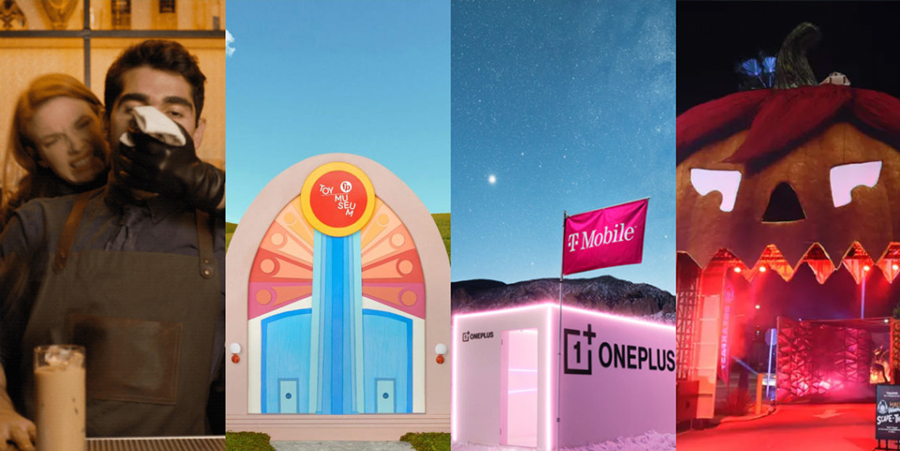The Covid-19 pandemic devastated experiential marketing as we knew it in 2020, but the physical limitations it presented brands and agencies also brought about innovation.
Pandemic-proof virtual festivals, hybrid experiences and drive-in activations are now part of a new normal for brands’ overall consumer engagement strategy. While it’s still unclear whether “normal” in-person activations will be able to bounce back in 2021, marketers now have lessons from nine months of pivoting that they can apply to future projects—whether they’re occurring in a pandemic or otherwise.
Here are 10 industry takeaways from some of the most innovative and notable brand experiences that adapted to crisis this year.
Consumers respond well to physical-digital hybrid experiences
Most consumers couldn’t physically attend brand experiences this year, but that didn’t stop brands from producing IRL programs—and creatively bringing them to consumers’ mobile and desktop devices.
For its U.S. 5G phone launch in November, OnePlus and T-Mobile tapped experiential agency The Bait Shoppe to create a nationwide scavenger hunt, placing three real pop-up stores in remote locations and tasking consumers online with finding them. The seven-day activation averaged 1,900 logins or guesses per hour and 41,000 guesses per day, with more than 9,000 correct guesses and a total of 319,200 total participants.
“There’s a lot of opportunity to excite consumers right now and give them programs that last longer than a traditional virtual event,” The Bait Shoppe founder Evan Starkman said. “Just because people can’t get together in the same room doesn’t mean you shouldn’t do something to anchor a program. The anchor can’t just be a digital RSVP.”
Let guests choose their own adventure
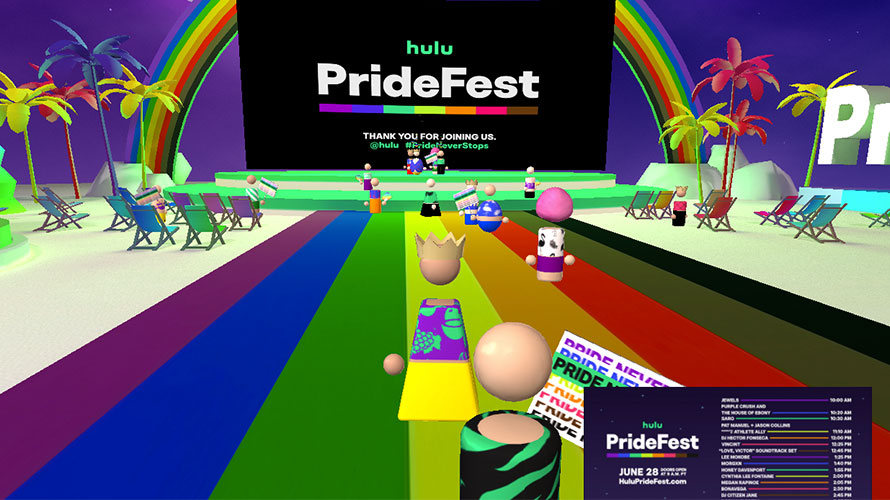
Producing a virtual conference or festival with a linear schedule is a recipe for attendees leaving after 10 minutes. To combat the inevitable at-home distractions people faced this year, some brands created nonlinear events where guests could pop in and out, and choose what they wanted to experience.
Adobe pivoted its annual flagship conference online in April, rolling out more than 100 sessions across six content verticals on the software brand’s website. Attendees could choose to watch keynotes first, or skip ahead to see tech in action with prerecorded product demos.
“We decided the best way to do the storytelling was to allow a lot of user choice and not keep them captive,” Adobe’s vp of experience marketing Alex Amado told Adweek.
In June, Hulu celebrated Pride Month with a virtual festival that included performances and panels headlined by LGBTQ+ talent. What set that Pride event apart was the fact that attendees could create avatars and navigate the festival’s digital island as they pleased.
Immersive theater still works in a virtual setting
Using actors and plot to immerse consumers into a world of a show or product has been an experiential tactic for years. This strategy can still work and be just as effective in quarantine.
To celebrate the release of miniseries The Flight Attendant in November, HBO Max partnered with Tool of North America to produce a livestreamed virtual coffee class using videoconferencing platform BlueJeans. But the class quickly turned into a murder mystery event tying into themes of the comedic thriller. The barista teaching guests how to make lattes was kidnapped on camera, along with certain participants at home. It turns out, those involved with the drama were actors following a script, meant to generate unease and suspense among the invited press and influencers.
“We wanted to use this medium, which people are now familiar with, and flip the tables on it,” said Hal Kirkland, innovation director at Tool of North America.
Instagram is your friend
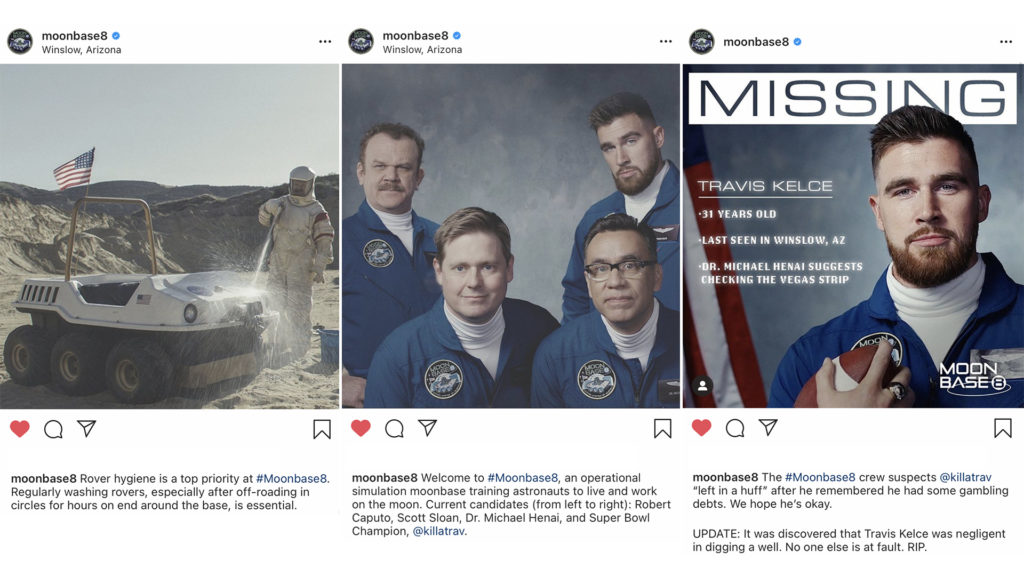
Numerous brands turned to Instagram to host their digital activations this year, for reasons that include the social platform’s accessibility to consumers and a variety of features—from Stories to Reels—that are primed for brands to get creative and interactive with followers.
To build buzz for its comedy series Moonbase 8, Showtime created an ongoing in-world Instagram account that recruits followers for a mission to the moon. The network posts stills from the series with humorous captions about life at a NASA training center, astronaut recruitment videos and interactive events via Stories, such as spaced-themed trivia inspired by the show. Since its launch last month, the account has accrued more than 3,000 followers.
Fisher-Price also launched a virtual toy museum on Instagram to celebrate its 90th birthday in October. The Mattel-owned brand tapped set designer and photographer Leila Fakouri to create 90 still and animated exhibits highlighting toys from the past nine decades. The museum also included a digital gift shop.
Drive-ins are here to stay
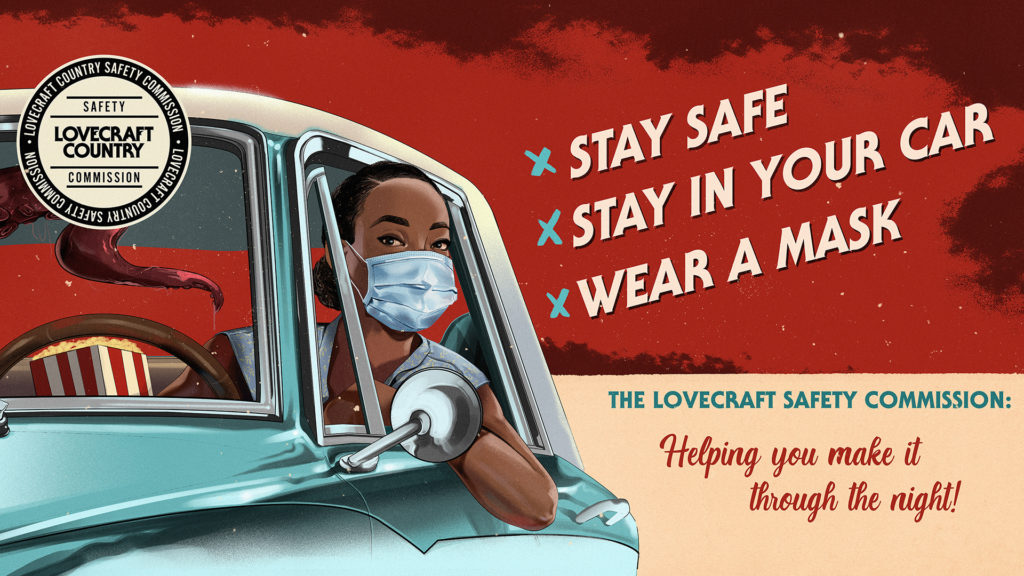
In-person brand experiences made a comeback in the fall via drive-ins, showing consumer trust in brands that followed, and advertised, strict Covid-19 safety precautions.
HBO’s experience for Lovecraft Country’s Season 1 finale particularly stood out. The network reunited with agency Giant Spoon to transport some 500 guests at Paramount Drive-In Theatres in Los Angeles to the supernatural series’ 1950s setting. The brand used tactics like out-of-home and audio advertising, masked actors and a contactless swag to safely engage guests.
“Even in a Covid-19 environment, we showed we still have the creative ability to transport people into these other worlds,” Giant Spoon co-founder Trevor Guthrie said.
Other brands that created standout drive-in events this year include Hyundai, Uber and Impossible Foods.
Elevate your influencer kits
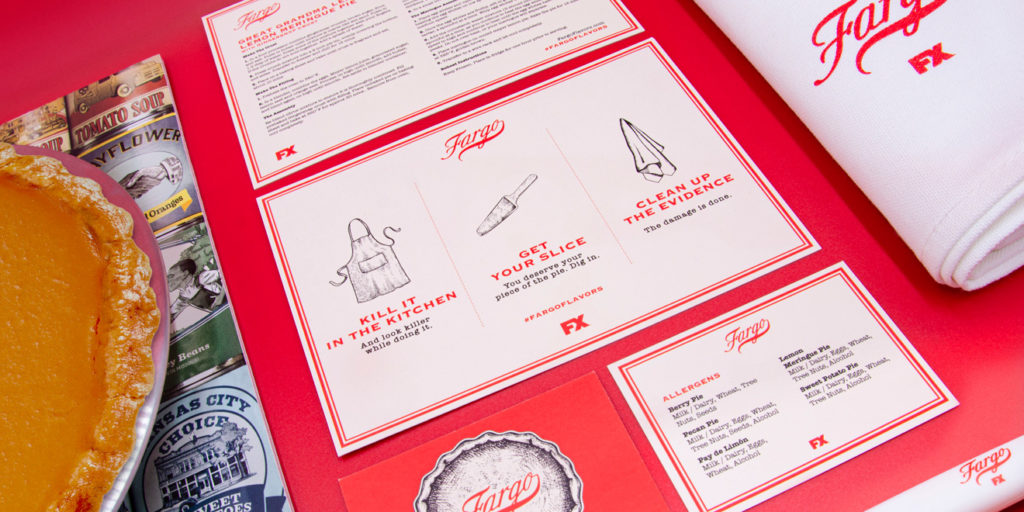
With influencers and press confined to their homes this year, TV networks and streamers used the opportunity to upgrade their promotional kits to deliver more than just water bottles and tote bags.
FX Networks’ mailer campaign for Season 4 of Fargo takes the cake—in this case, pie—for the most creative. The network teamed up with agency BMF to produce #FargoFlavors, which tapped five professional chefs to reimagine the phrase “as American as apple pie” with original recipes that tied into the season’s themes. FX mailed 400 kits, which also included chef descriptions of the pies, as well as napkins and pie servers.
Food pop-ups require extra thought and creativity
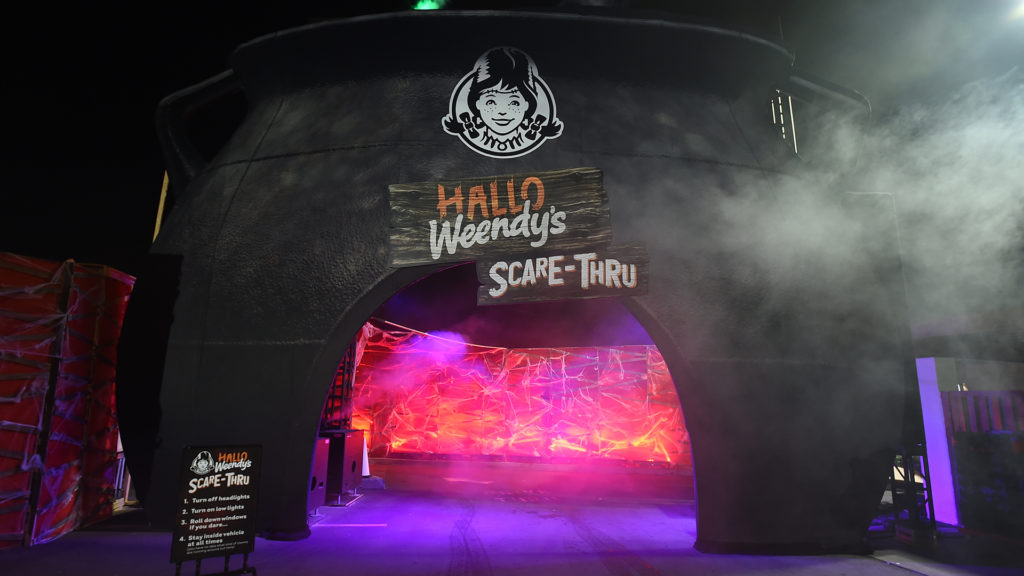
Gone are the days of food-centric events where attendees would grab bites from the same table. But brands such as Wendy’s and Resy showed how to safely produce contactless activations, bringing fast food and five-star meals to guests’ vehicles.
For Halloween, Wendy’s transformed a Los Angeles location into a spooky drive-thru, building out eerie vignettes that poked fun at competitors like Burger King and McDonald’s.
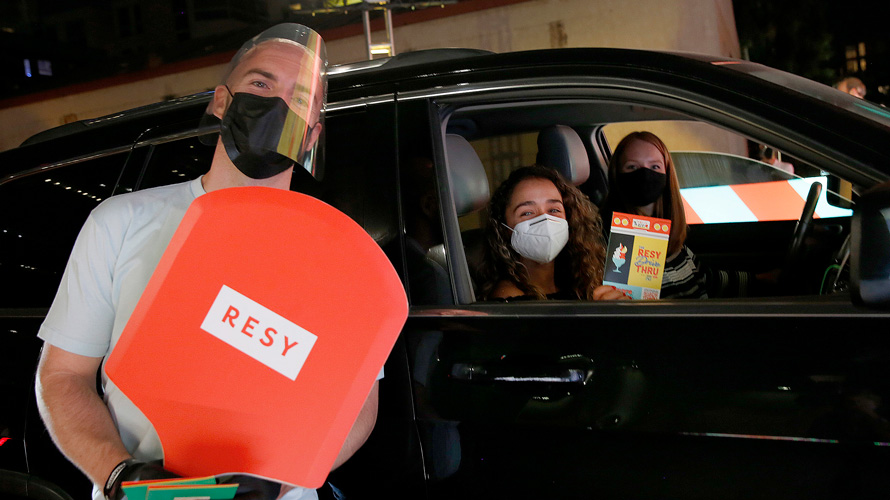
Meanwhile, Resy worked with agency Shiraz Creative to create a 10-course tasting experience that tapped Los Angeles chefs to make dishes served to guests in their cars. The reservation platform also created an audio guide that groups were encouraged to play while enjoying each dish, offering commentary from each chef about their dish and songs one would normally hear playing at their restaurants.
Deliver an experience—literally
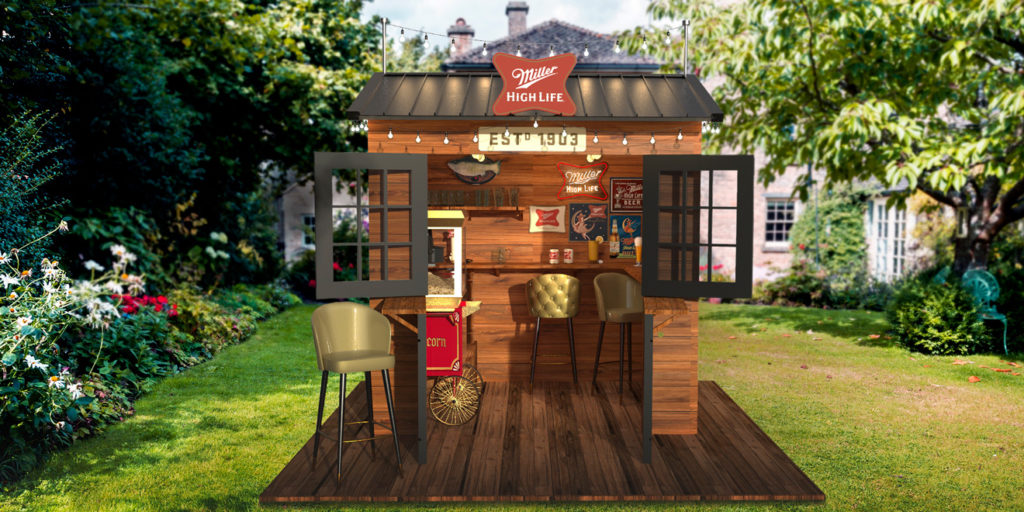
Some brands connected with consumers this year by bringing literal pop-ups to their doorsteps. In September, Miller High Life launched a contest for fans to enter to win a branded, furnished dive bar valued at $10,000.
For one lucky winner, the brand promised to deliver the “glorified shed” that included a functioning bar with tap handles, a popcorn machine and a supply of beer for the rest of the year. Corona beer and Reese’s created similar activations this year for football season and Halloween, respectively.
Ecommerce can become an experience
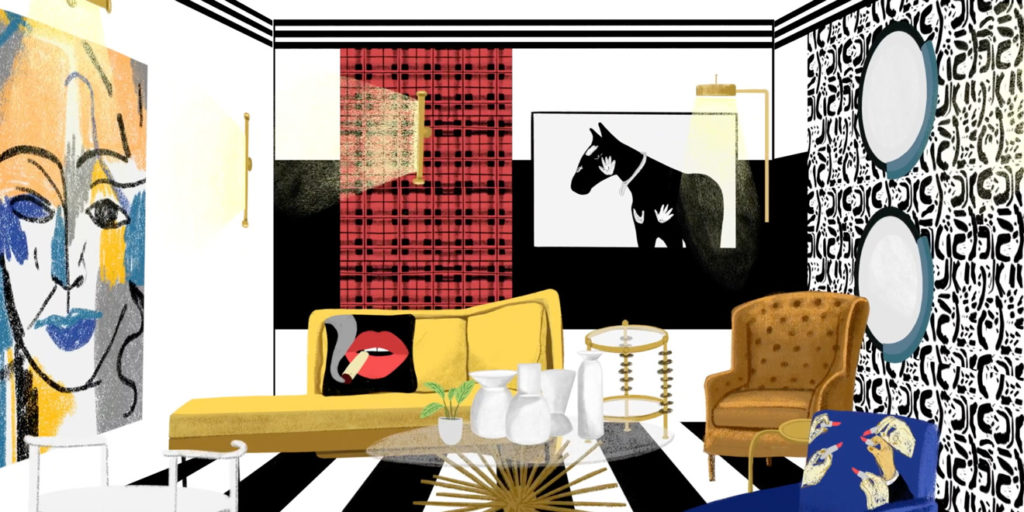
Brands including Apartment Therapy found success with shoppable, virtual experiences this year. In June, the media company pivoted what was supposed to be a live design pop-up in Brooklyn into a multiplatform experience where attendees could easily purchase products from various event sponsors. The brand created a custom microsite for guests to tour 20 animated spaces with clickable links to products, the virtual version of the QR codes that would have existed at the physical pop-up.
Brands including Bustle Digital Group and Canada Goose also gamified the online holiday shopping experience for consumers this month.
Bring the venue to consumers
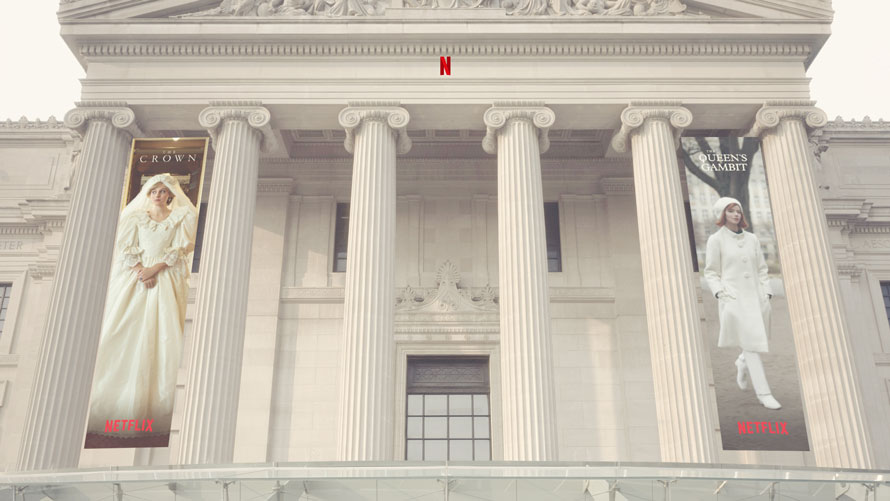
Pre-pandemic, choosing an ideal venue was key to ensuring an impactful brand activation. While most people couldn’t visit their favorite institutions this year, brands found creative ways to digitally bring the venues to fans.
Netflix promoted its period dramas The Queen’s Gambit and The Crown by launching a free virtual costume exhibit in partnership with the Brooklyn Museum, where guests could explore designs and watch a panel in a digital rendering of the museum’s Beaux-Arts Court.

Meanwhile, Verizon-owned phone carrier Visible produced a physical-virtual hybrid music festival, with artists performing at an empty Red Rocks Amphitheatre in Colorado. The brand teamed up with creative agency Madwell and tech company VT Pro Design to give remote attendees the opportunity to view the stage from three angles, and create their own art projections.
This article first appeared in digiday.com

